‘Tour de Pharmacy’ Takes an Irreverent Look at the Doping and Corruption in Pro Cycling
With a spirit of desecration, the mockumentary from producer/star Andy Samberg examines serious issues in the sport.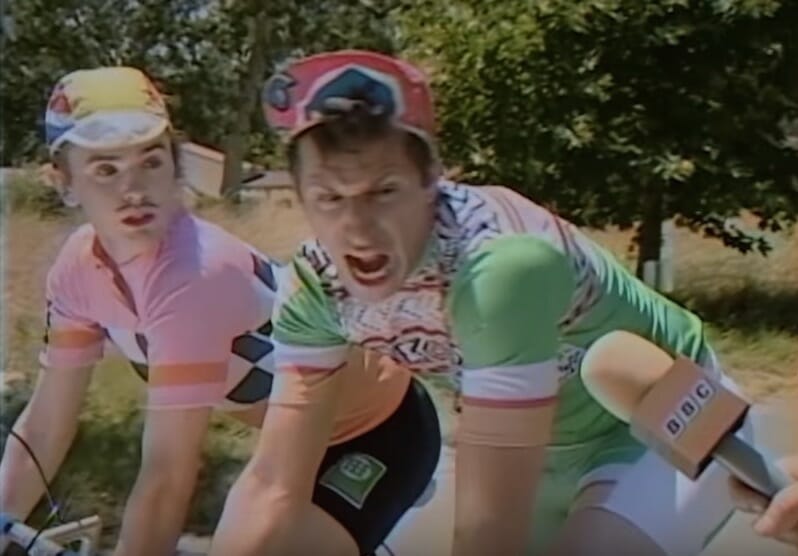 Freddie Highmore, left, and Andy Samberg in "Tour de Pharmacy." (HBO)
Freddie Highmore, left, and Andy Samberg in "Tour de Pharmacy." (HBO)
Freddie Highmore, left, and Andy Samberg in “Tour de Pharmacy.” (HBO)
“Over 170 athletes participated,” intones Jon Hamm, narrator of “Tour de Pharmacy,” a mockumentary on the 1982 Tour de France. “Luckily, we only have to tell the story of five.”
The film is from producer/star Andy Samberg, director Jake Szymanski and writer Murray Miller—makers of “7 Days in Hell,” the crudely offensive and hysterically funny 2015 fake documentary on Wimbledon. The spirit of desecration reigns in both fictional stories.
“Tour de Pharmacy,” though, is more ambitious in the subjects it takes on: rampant drug abuse and the institutional corruption and commercialization of professional cycling.
In no other sport has drug abuse been so integral. In 1896, British cyclist Arthur Linton died at age 27, inadvertently making history as the first professional athlete suspected of using performance-enhancing drugs. (Exactly what he took is still a matter of speculation because blood testing was virtually nonexistent at the time.) PEDs in cycling weren’t publicized until more than 70 years later, when 29-year-old British cyclist Tom Simpson died of cardiac arrest linked to drug use.
But you don’t have to know the details of cycling history to appreciate the absurdity of “Tour de Pharmacy.” The story centers on five competitors who become four when the Italian rider (played by Orlando Bloom) dies on his bike, although no one knows he’s dead for another 12 kilometers. A post-mortem finds “he had 23 drugs in his system, plus at least one Arby’s sandwich.”
In the film, Samberg is “the first African cyclist in the Tour.” He is the son of a white diamond-mining family. John Cena, speaking with a German accent, is revealed to be doping with blood from a cheetah. Daveed Diggs (of “Hamilton” fame) is the nephew of Jackie Robinson, searching for a sport in which he can be the first black man to break the color line. And the final cyclist is Freddie Highmore, playing a woman posing as a man to break the gender line.
The script adds a comedic kick by presenting each character then, in 1982, and now, as the documentary is made. This gives us four more funny performances by Jeff Goldblum, Dolph Lundgren, Danny Glover (in an insane wig) and Julia Ormond, who reflects, “I proved that a woman can cheat as well as any man.”
Scriptwriter Miller has provided a stream of comic parts, including James Marsden as an amusingly bland British sports reporter and Kevin Bacon as the sleazy head of a doping agency. Cameo performances come from “Star Wars” director J.J. Abrams and Mike Tyson playing themselves, Tyson as “an enthusiast of the sport, especially the parts where they fight.” British director Edgar Wright (“Shaun of the Dead,” “Baby Driver”) provides a parody of British BBC sports commentary—the best since Michael Palin.
Some absurdities in “Tour de Pharmacy” don’t stray far from historical reality. Riders have long been known to sabotage each other—the legendary Italian cyclist and multiple Tour de France winner Gino Bartali was one of the most notorious saboteurs—while fans have often attacked cyclists during the race.
In 1950, onlookers attacked a previous winner, forcing him to quit the Tour. In 1975, a fan ran onto the track and assaulted the then-leader, breaking his cheekbone. Two years ago, Australian Richie Porte, riding for a British team, was punched by a fan during the race, and teammate Chris Froome had a cup of urine thrown on him—Froome won the race anyway. Over the decades, the intensity of the Tour has become uncontrollable, with alcohol-fueled fans spewing obscenities and threatening violence.
For decades, riders have piled into other riders, culminating in massive brawls. After one such pileup in “Tour de Pharmacy,” Wright’s off-screen commentator notes, “They’re starting to stand, which is a good sign.”
“Tour de Pharmacy” also hits an overlooked target, namely how enforcement agencies look the other way when a rider has a media-friendly backstory that brings the sport to new markets. If there’s an aspect to “Tour de Pharmacy” that makes for uncomfortable viewing, it isn’t the often sophomoric humor, which is funny and always good-natured. It’s the appearance of the Tour de France’s all-time champion and most notorious steroid cheat, Lance Armstrong, as an “anonymous informer.” Armstrong exploited his recovery from cancer to promote his brand, and the cycling establishment allowed him to do it for its own benefit.
It’s funny on one level but queasy on another, and it says a lot about “Tour de Pharmacy” and the risks it takes to interject a strong dose of reality into the comic narrative.
The reality of the Tour de France is an ugly one, made somehow worse by the fact that viewership has increased consistently for the past 15 years and PEDs get harder and harder to detect. The awful truth is that as the audience—and revenue—grow each year, there’s not much incentive for enforcing a strict anti-drug policy. Hopefully, there will be people like Samberg and his team to keep us laughing through the horror.
Your support matters…Independent journalism is under threat and overshadowed by heavily funded mainstream media.
You can help level the playing field. Become a member.
Your tax-deductible contribution keeps us digging beneath the headlines to give you thought-provoking, investigative reporting and analysis that unearths what's really happening- without compromise.
Give today to support our courageous, independent journalists.
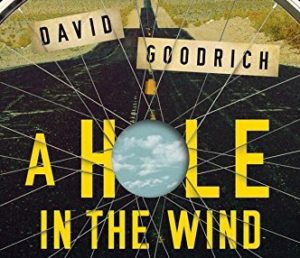
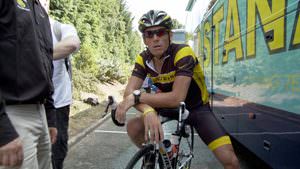
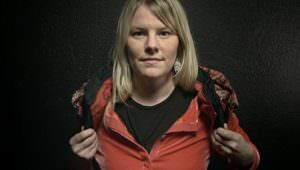
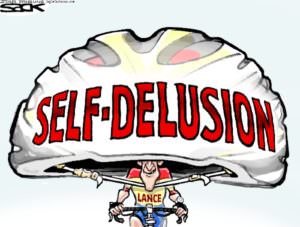
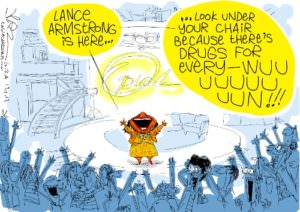
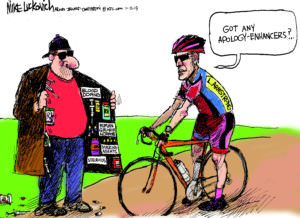
You need to be a supporter to comment.
There are currently no responses to this article.
Be the first to respond.